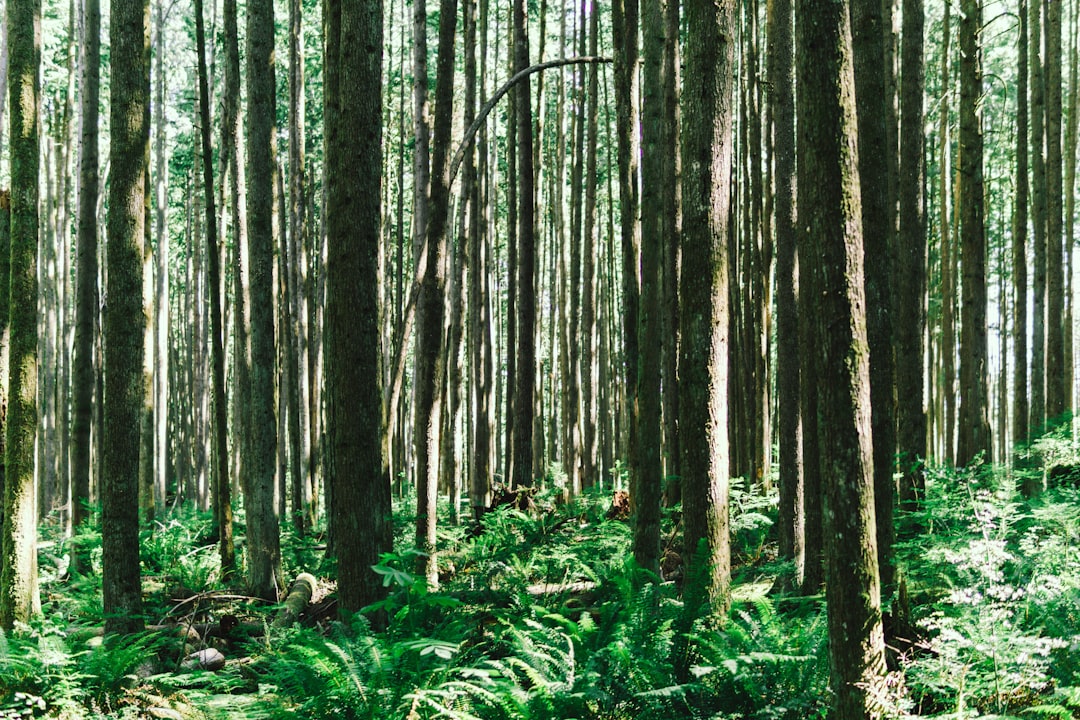What is it about?
Most of the water that plants take up from soil is transpired through stomatal pores while carbon dioxide enters the leaf. Thus, plants trade water for photosynthetic carbon. Therefore, balancing the amount of water lost relative to biomass accumulated, usually referred to as water-use efficiency (WUE), is a critical determinant of crop performance in water-limited environments. Currently, there is limited knowledge of which regulatory genes could be directly targeted to enhance WUE without costing plant growth during drought.
Featured Image

Photo by engin akyurt on Unsplash
Why is it important?
Many past research efforts to increase WUE have focused on the transpiration side of WUE. However, the effect of the other side of the ratio, biomass accumulation, on WUE is mostly unexplored. We conducted a genome-wide association study (GWAS) to identify genomic regions associated with variation in WUE as an open-ended search for genes that affect WUE regardless of whether they affect the growth or biomass (or both) sides of WUE. We identified 25 new genes affecting WUE by altering biomass accumulation or water use. These results greatly expand the range of genes that may be manipulated to enhance WUE and contribute to sustainable water use in agriculture.
Perspectives
This research is the outcome of a joint effort by interdisciplinary scientific groups interested in finding regulatory genes and underlying mechanisms for drought-related traits. The genes identified in this study hold great potential for engineering crops with improved WUE, thus contributing to more sustainable water use in agriculture.
Bhaskara Govinal Badiger
University of Texas at Austin
Read the Original
This page is a summary of: Natural variation identifies new effectors of water-use efficiency in
Arabidopsis, Proceedings of the National Academy of Sciences, August 2022, Proceedings of the National Academy of Sciences,
DOI: 10.1073/pnas.2205305119.
You can read the full text:
Contributors
The following have contributed to this page










